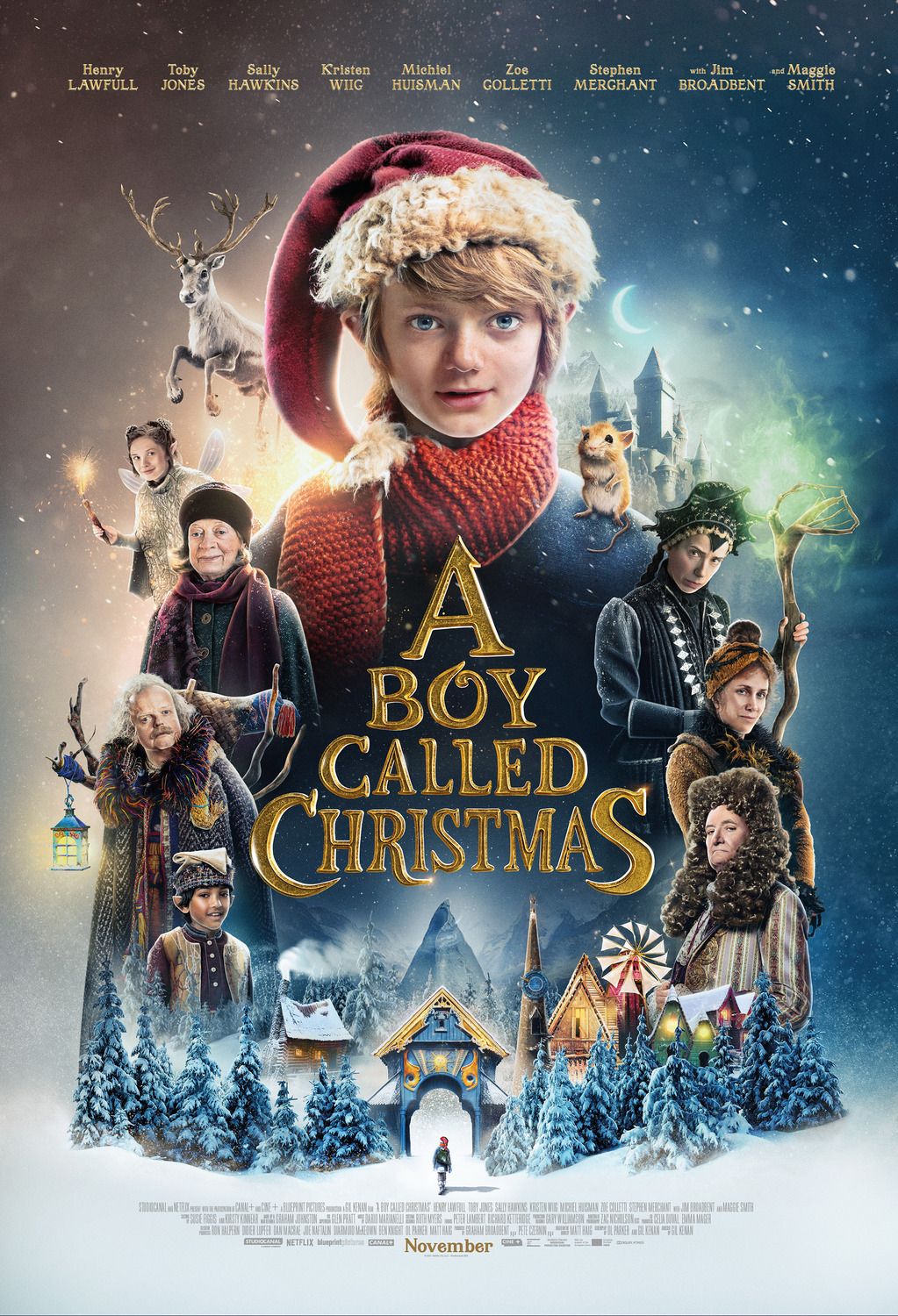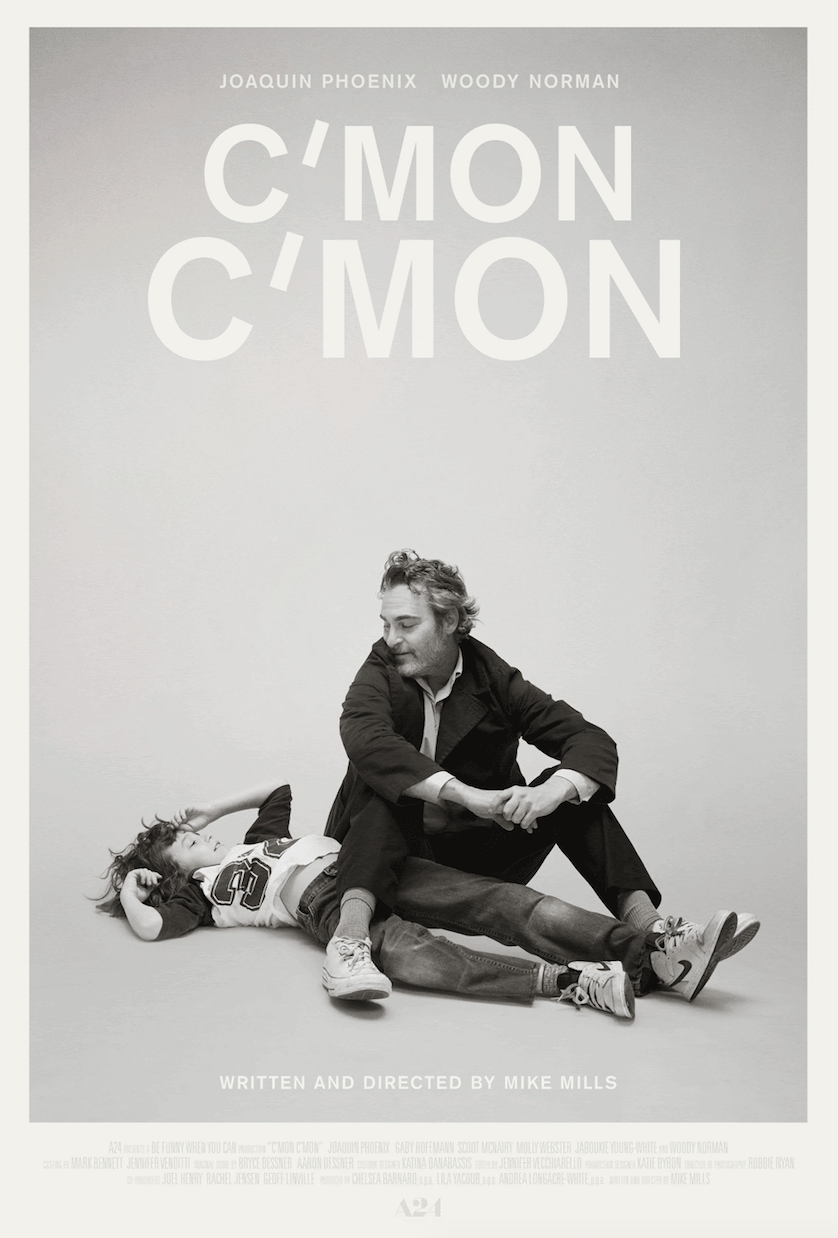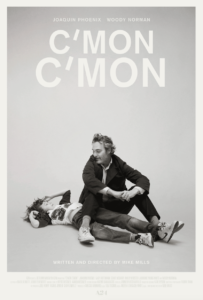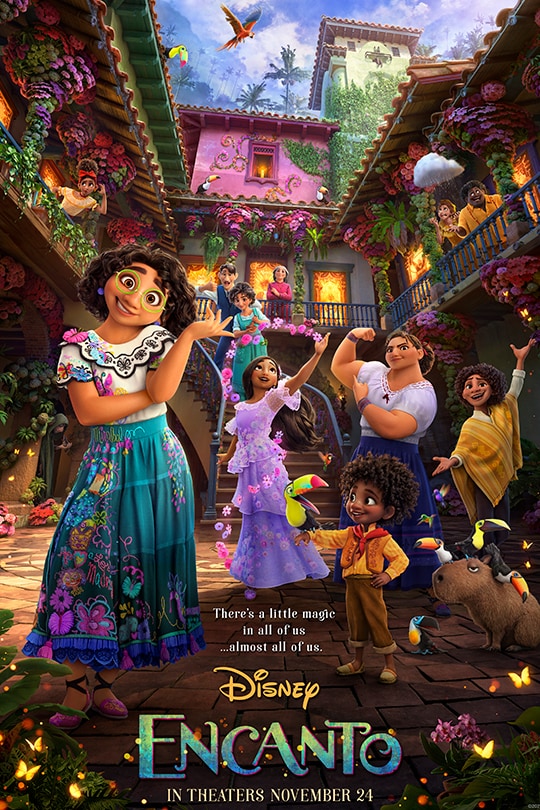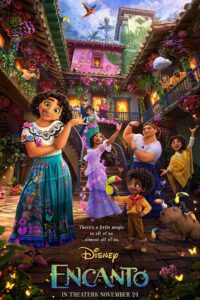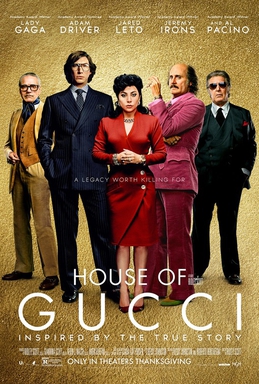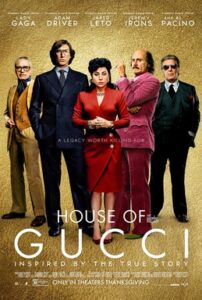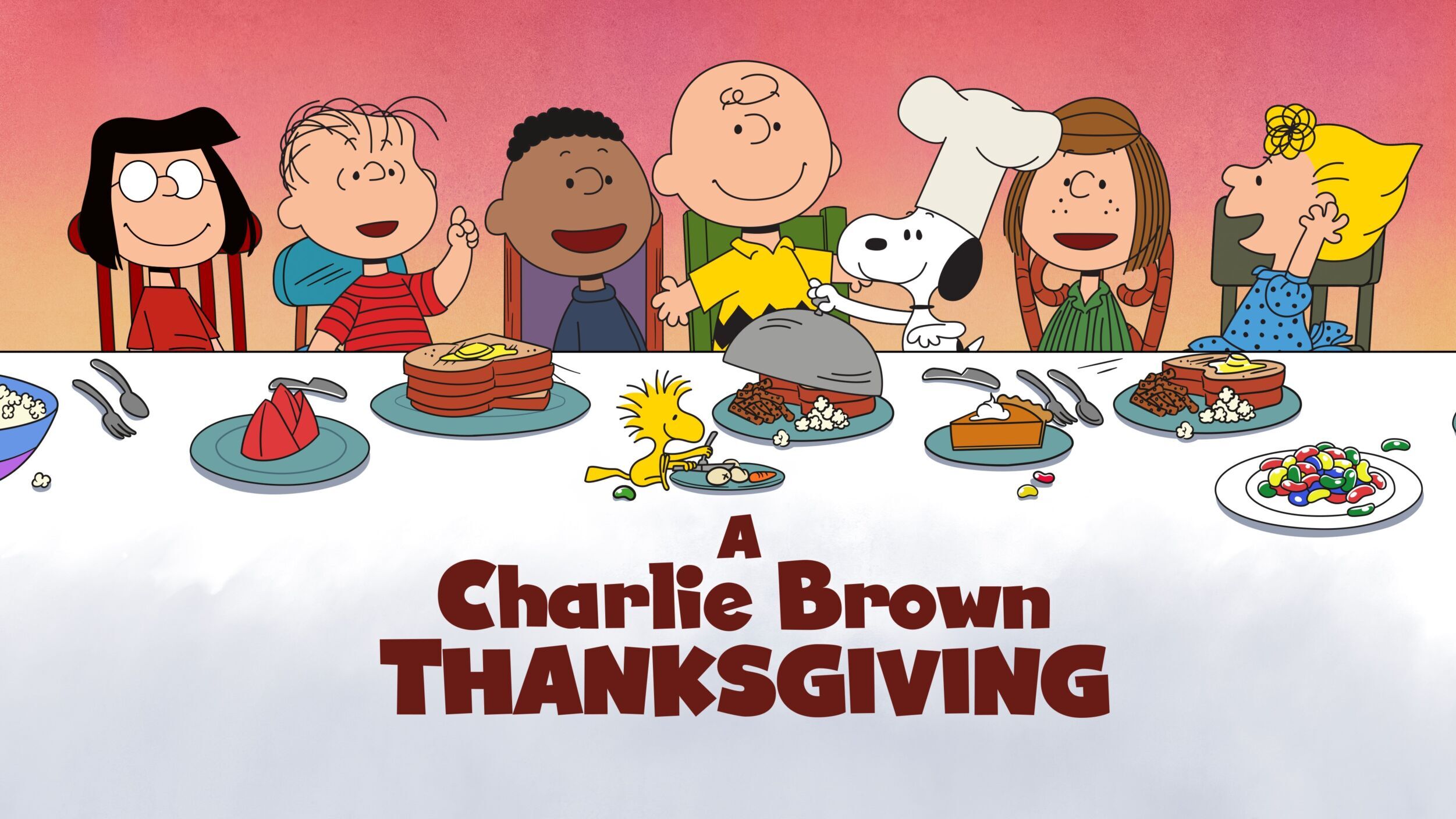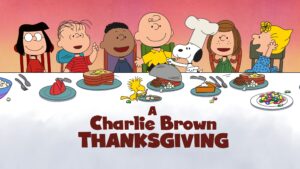Interview: Gil Kenan and Henry Lawfull of “A Boy Called Christmas”
Posted on November 28, 2021 at 11:32 am
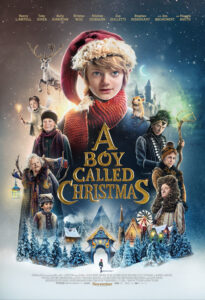
Gil, there’s such a lushness to the soundtrack by Dario Marinelli. How did you talk to him about creating the score?
Gil Kenan: I’ve been a fan of Dario’s music for as long as I’ve been seeing his name associated with films. From “Atonement” to his work with Laika and “Kubo and the Two Strings.” And his work scoring the “Bumblebee” film, the Transformers film. He always brings such beautiful emotion, and musicality to his work.
It was a very natural process, actually. I reached out to him as a fan and I said I would love to have a conversation about a score. And he didn’t know much at the beginning of our conversations. But he read the script. And he came up to meet me in Prague, where we were based for pre-production. And we just had a wonderful conversation about the approach to making a classic film score that would allow us to let the character, the theme, and the adventure come together in a way that would lift all three up.
I loved our collaboration. He was so cool and inventive in the way that he approached the scoring. He brought in some classic Finnish instrumentation to the film that was such a joy for me to experience as a music lover. Some of the fiddle playing in the Resistance party in the film — the cues for the music played there is based on very old folk music from Scandinavia. The phrasing, the instrumentation, he just approaches it with so much passion and joy.
So for me, it was an absolute wonder seeing the music come together. And you get this wonderful experience when you’re in the scoring stage hearing the music start to play and come to life. All of a sudden the entire work of telling the story starts to lift up on its tiptoes. And you really feel that sense of life rushing through the story. I’m so glad you’re bringing it up. He deserves so much love and affection for the one that he’s done.
I also want to ask about the production design, which has such a rich sense of detail, just at the intersection of reality and fairy tale.
GK: The journey with Gary Williamson has been one of the great collaborations in my career. I’ve just so loved bringing the design of this world to life. Gary and I actually were the very beginning of this process. I came on to adapt, and then develop this, and Gary was my first hire. And he and I sat at a big table covered in white paper and drew out the entire film as a map. But it was more than a map, it was sort of a living illustration. And we kept growing it and elaborating, and when we came away from it, it looked like a future concept of what the film was going to be. And so it was an absolute joy. He pushed at every turn to build, and make things as real, and tangible as possible. And Henry will speak a little bit I’m sure to the performers side of that. But I will say as a storyteller, as a filmmaker to allow the camera to properly step into Elfhelm, to see the streets and all the buildings fully realized is an experience that you can’t replicate using digital tools. Even though they’re incredibly useful, and I love using them to show things that aren’t possible, there is a grounded quality to being able to have big real sets. That is something I’ll always push for. And Gary is a hero in my book.
Henry, let’s talk a little bit about the stuff that was real, and the stuff that was not real. How did you feel the first time that you walked into Elfhelm?
Henry Lawfull: It was incredible. I remember I first visited the set when it was in construction, and just saw basically the wooden framework of this crazy village as it was in construction, which is really cool. And then I remember going back maybe a month later and seeing it all painted. And like this magical incredible village. It was beautiful. And then obviously to work there, and to act with it just made you feel as if you were in that situation. And for me, it brought a lot to help me with my performance just to be surrounded by that real world and to feel the characters emotions seeing this crazy place. It was amazing for me, just to see what these people can do, to build some massive village out of wood just for a film.
So, what did you do to interact with the parts of the film that were not real, like the digital creatures?
HL: There were a lot of different methods we used for bringing the characters to life, especially Miika and Blitzen . And then obviously, the troll. It was all a great part of the experience. For example, the troll scene. I remember I spent a lot of time dangling from wires and doing stunt stuff as if I was being eaten by a troll, which was this massive, giant puppet that they’d built. So that was a lot of fun to do. And then the mouse for me was Gil. He did the voice of the mouse while we were filming. I never actually heard him as Stephen Merchant until we did the audio stuff in post-production, and it was so funny hearing his voice. Obviously, it’s a challenge just working with a puppet or a little wire with some green tape or a tennis ball or something rather than a real-life mouse. But they made everything around me, and this amazing cast, the costumes, the village made it all feel real. So although I might be speaking to a tennis ball at that certain point, everything else around me felt magical. And hopefully, you can see that.
GK: That’s good to hear. If I can just add to that having worked with performers of every age now in my career, I’ve learned that there’s never such a thing as giving too much input in the shooting of the film to help to fill in the empty spaces that will one day in the future become filled in. And so bringing in real puppeteers as part of our main unit of crew was indispensable in this process. They were so incredible at bringing to life the moments between the moments. And when Henry was in the snowy birch forest meeting Blitzen for the first time, we used three different techniques to bring Blitzen into life on the screen. But the one that for me brings the most emotion to the surface was a puppeteer shot where there was just unbelievable nuance in the movement of the two puppeteers working in tandem. And hopefully one day some of that behind the scenes gets released because you do see so much magic on the screen even with just these gray puppets interacting with Henry.

You weren’t afraid to include some melancholy to keep the story from being too sugary. That was such a smart, brave choice.
GK: It was something that took me by surprise in Matt Higgs’ book the first time I read it. It made me realize that there was fantastic current in this story that could elevate the brighter moments, the joyous moments, the moments of hope. Because the truth is that those concepts, joy, whatever it is we think of as joy, whatever it is we think of as hope, all of those moments are only as bright as the darker moments that are around them. And so the truth is that for all of us, Christmas is a holiday that we come to with great expectation and nostalgia or emotional currents that remind us of moments from our childhood or families. But there is also weight to this time of year. And part of that is just calendar-based. The days are short, the nights are long, it’s cold out but also that in the great tradition of classic fairy tale storytelling there is an opportunity in a young person’s adventure to not hold back from the full scope of human emotion, and experience.
I remember as a young audience member watching films growing up, and the ones that felt like they actually connected with me were the ones that didn’t pander, that didn’t hold back from the full weight of human experience. And I remember thinking that as a very young kid in a darkened movie theater, thinking that the movies that showed me that life wasn’t all sugar, plum, and cakes were the ones that I respected because they respected me back as an audience. I believe as a storyteller that it’s my responsibility to try to respect the emotional intelligence of my audience no matter what their age is. So that was my approach.
The movie asks the question about what gives us hope. What gives you hope, both of you?
GK: Stories give me hope every time. Story and storytelling is where I find my inspiration. It’s where I refill and recharge. It’s a very difficult time for everyone right now. And what I find gives me purpose, and when I wake up in the morning helps me to focus on which direction I want to be pointed at, is thinking about what stories I’m going to be busying myself with. And it’s such an honor to be able to tell one that I hope will connect with audiences here.
HL: I think for me, seeing loved ones, friends, and family around me happy, and doing well, and succeeding is a massive inspiration. It makes me happy to see friends and family and loved ones happy. So I guess it could go both ways where I try and stay hopeful and optimistic and happy. And that gets me through some of the worst times, seeing loved ones happy. It goes both ways.

